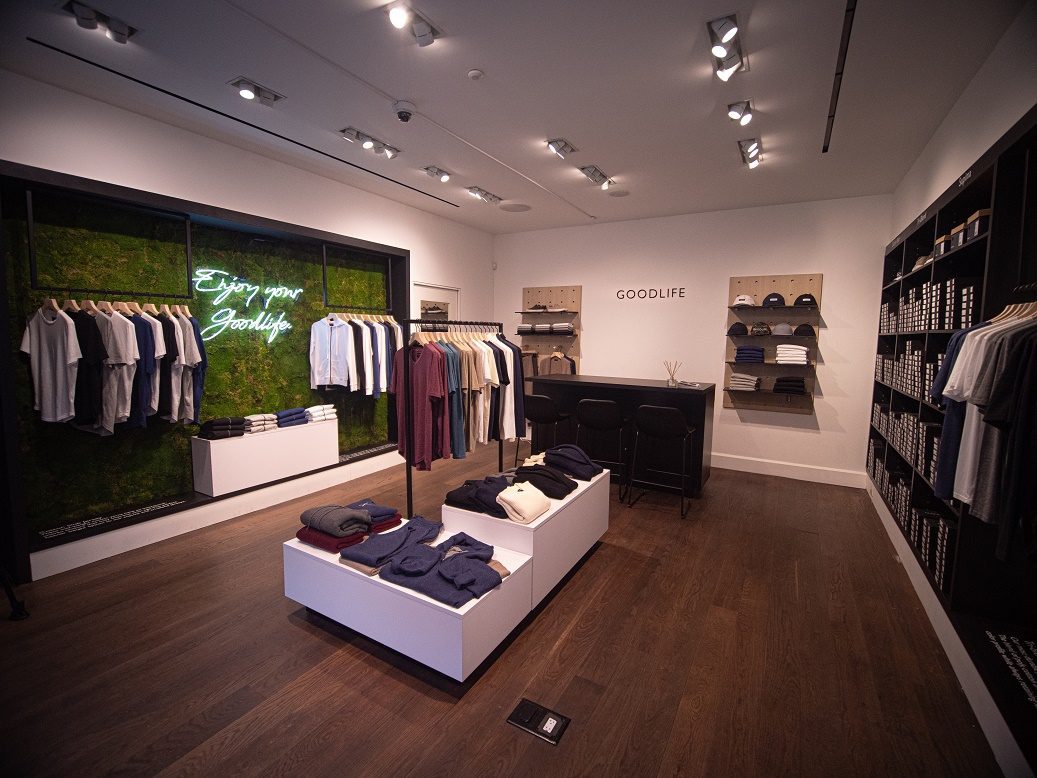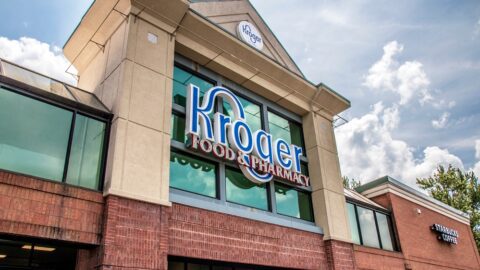The journey from wholesaler to e-Commerce pure play to omnichannel retailer can be fraught with peril,and the challenges can be even greater for homegrown retailers that can’t rely on large funding rounds to jumpstart their ambitions. This more gradual approach has been the business model for lifestyle brand Goodlife, which has had a “slower kind of growth trajectory compared to some other brands” since it launched in 2014, according to Founder and CEO Chris Molnar.
Molnar’s background working at large fashion houses, including as Director of Sales, Men’s Collection at Michael Kors, helped Goodlife get off the ground: the company started in wholesale before launching its direct-to-consumer (DTC) web site, and its products can still be found at major retailers including Nordstrom. Despite the influence of his previous work, Molnar noted that the approach taken by legacy fashion retailers carries its downsides.
“I hated seeing all the overdevelopment of product from these brands that have had so much overhead,” said Molnar in an interview with Retail TouchPoints. “I think it’s one of the reasons why some of these more niche DTC brands, including us, have been so successful. We’re much more of a direct, driven brand because we have to understand what the customer wants more than some of these bigger design houses, who are constantly putting out so much product.”
That deep understanding of customer desires has helped Goodlife maintain triple-digit month-over-month sales growth for the past year — results that put the retailer in “a position of strength” for its first brick-and-mortar store. The shop opened in New York City’s West Village in November, with highlights including a 70-inch digital screen that highlights the brand’s product lines, grab-and-go boxes featuring Goodlife’s best-selling T-shirt styles, and an emphasis on omnichannel features including buy online, pick up in-store.
Goodlife’s ongoing wholesale business makes its business model somewhat different from many other DTC brands that have made the leap to physical locations. Selling products at mainstream retailers nationwide both increases the brand’s presence and gives a little more leeway when it comes to pricing.
“What we’ve really concentrated on is offering a really high value,” said Molnar. “We’re sort of a hybrid brand where we have a lot more price elasticity with our products: we can be more DTC driven on some price points, and then on other price points that are more active in the wholesale channel we know we have higher margin.”
Outside Expertise Supports Retail Success
Goodlife’s approach to opening its first physical location included partnering with Leap, a platform that helps retailers open, staff and manage their stores. Leap helped Goodlife find the right store size and location, handled signing and securing the lease, collaborated on the store design and even hired the staff that work in the shop.
“To properly open up retail you need a ton of capital for securing leases, to bring on experts that know how to deal with real estate, to handle staffing, to build out the design — the list goes on and on,” said Molnar. “We immediately felt a sense of relief with Leap. First of all, you’re able to open the store with significantly less capital because of its model, and as soon as we got into the weeds in opening up this first store we saw how much expertise really goes into the process.”
The process is entirely collaborative, and Goodlife was never in danger of losing creative control over its brands, according to Molnar. Leap “really embraces the DNA of the brand they work with,” and helped make decisions down to the color of neon lights in a display and whether the chosen hangers matched the backdrop of the walls.
The relatively small size of the store, approximately 500 square feet, has led to creative display decisions. Rather than show off its signature T-shirts folded in displays like most apparel retailers, Goodlife maximized its available space by boxing them and putting them on floor-to-ceiling shelves. The display shirts hang without taking up too much space, and shoppers can browse the small number of displayed garments until they find what they like, then quickly grab a box marked with the right size and check out.
This emphasis on convenience and making the most of available space is reflected in Goodlife’s inventory management. Top-selling products are available in the store for immediate purchase, while seasonal goods are available via endless aisle technology.
“The majority of our product is year-round, and that product will be something that you can touch, feel and try on, find your size and find your color,” said Molnar. “You can buy our basics, and you can leave the store with our accessories, hats and things like that as well, but our seasonal products live in our warehouse. We’re trying to run our physical store similar to how we built the wholesale business —we really want to run a very lean, efficient business at retail as well.”













